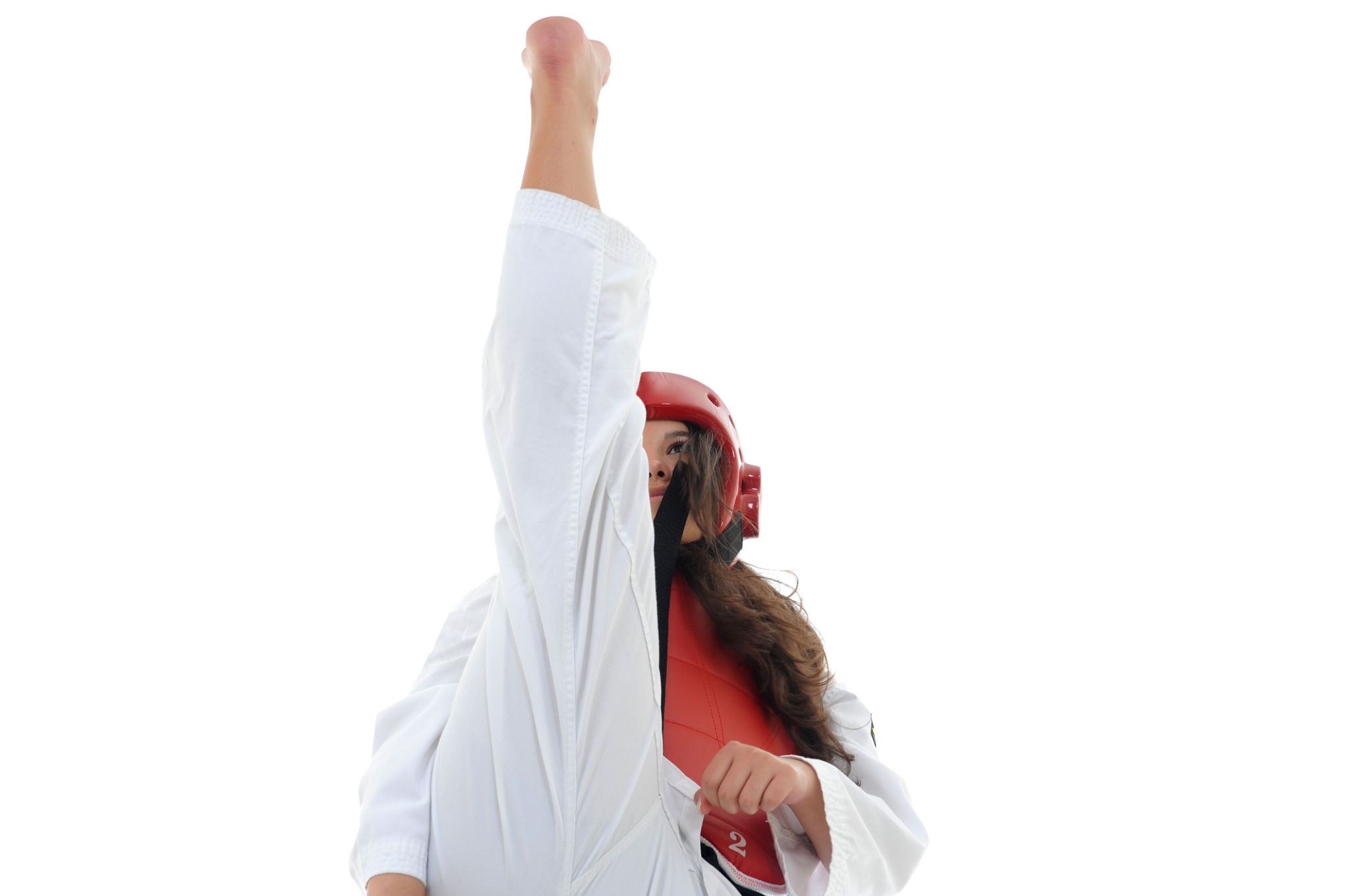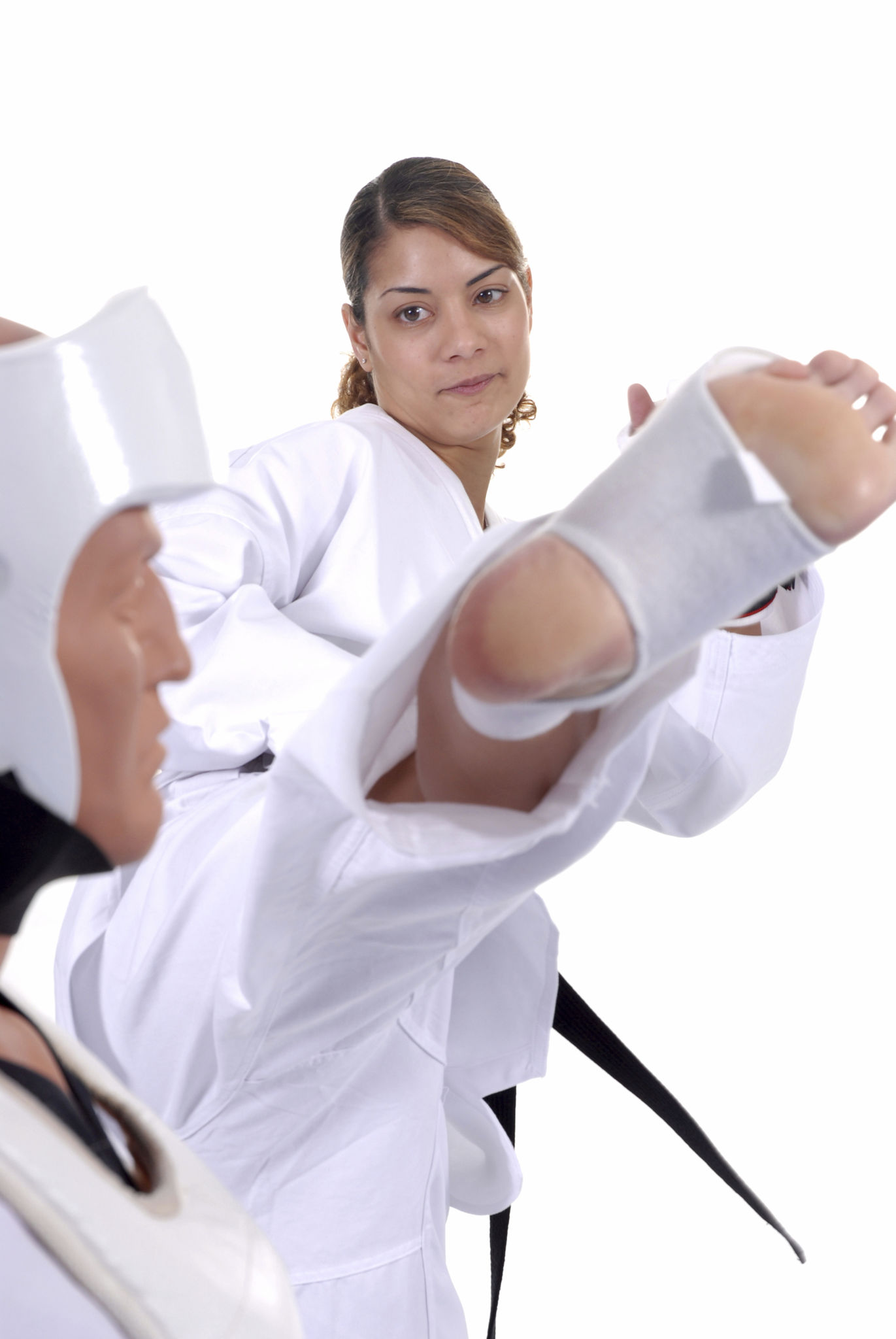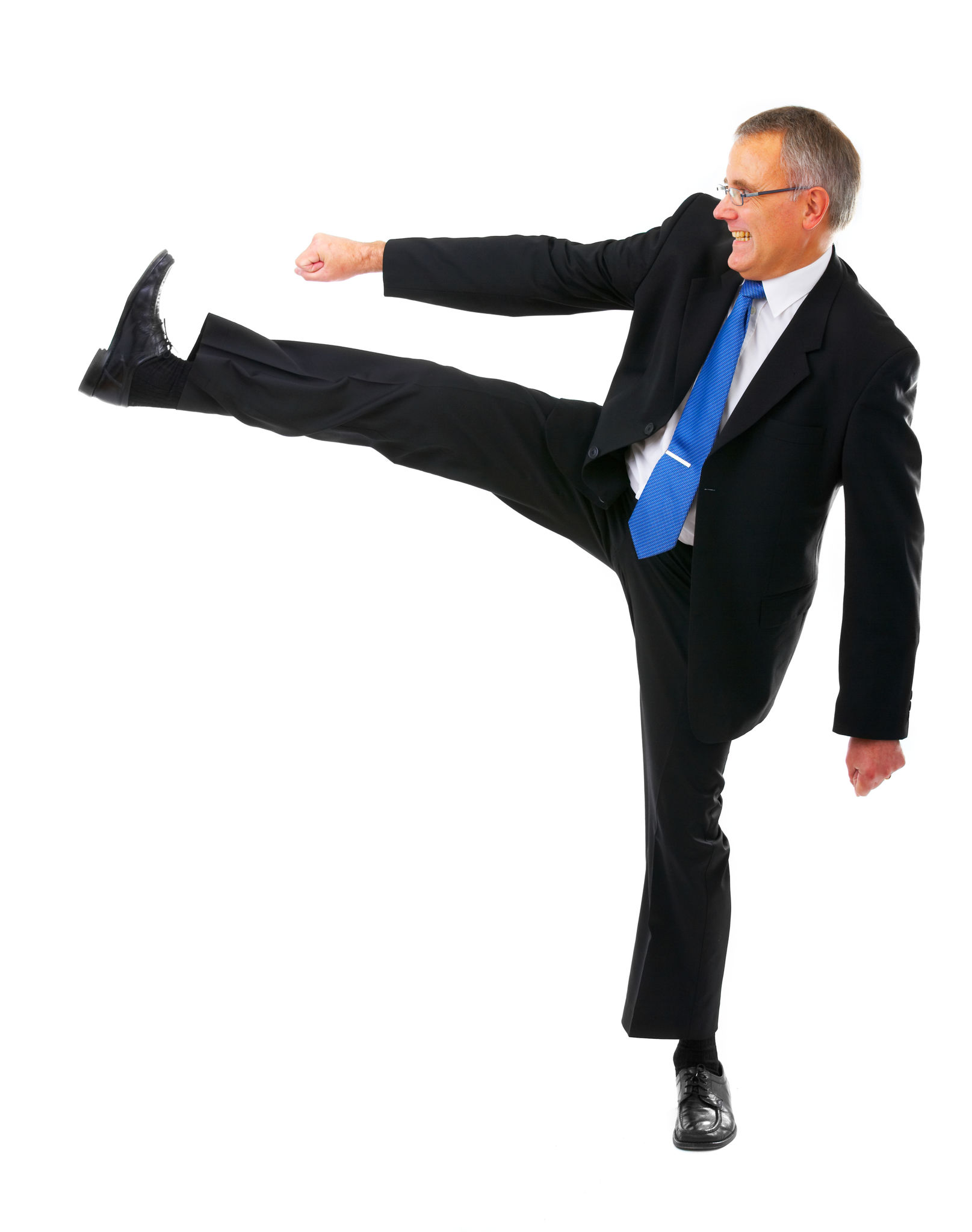Exploring the History and Philosophy of Gojuryu Karate
The Roots of Gojuryu Karate
Gojuryu Karate, translated as "hard-soft style," is a form of martial arts that combines powerful strikes with softer, circular movements. This unique approach to karate was developed in Okinawa, Japan, during the early 20th century by Chojun Miyagi. Inspired by traditional Okinawan fighting techniques and Chinese martial arts, Miyagi sought to create a balanced style that could adapt to various combat situations.
The history of Gojuryu is deeply intertwined with the rich cultural tapestry of Okinawa, an island that has long served as a crossroads for different martial traditions. The influence of Chinese martial arts, particularly the White Crane style from Fujian Province, can be seen in the fluid movements and breathing techniques that are integral to Gojuryu.

Philosophical Foundations
The philosophy of Gojuryu Karate revolves around the concept of balance. The "hard" aspects refer to techniques that involve direct, forceful attacks, while the "soft" aspects emphasize redirection and evasion. This duality is not just a physical principle but also a philosophical one, encouraging practitioners to find harmony in their lives and actions.
Chojun Miyagi emphasized the importance of character development and mental discipline. He believed that karate should not only be a method of self-defense but also a way to cultivate a strong spirit and moral integrity. This philosophy is encapsulated in the dojo kun, or training hall rules, which outline the ethical guidelines that practitioners are expected to follow.

Training and Techniques
Gojuryu Karate training is structured around kata, or forms, which are predetermined sequences of movements that simulate combat situations. These kata are essential for developing muscle memory, precision, and the ability to execute techniques seamlessly. Some of the most well-known Gojuryu kata include Sanchin, Seiunchin, and Tensho.
In addition to kata, practitioners engage in kumite, or sparring, which allows them to apply their skills in a controlled environment. Sparring sessions are an opportunity to practice timing, distance, and adaptability—crucial components of effective self-defense.

The Global Spread of Gojuryu Karate
Over the decades, Gojuryu Karate has spread beyond Japan and gained international recognition. Its global appeal can be attributed to its emphasis on both physical prowess and personal growth. Various organizations worldwide continue to uphold the traditions of Gojuryu while also adapting them to modern contexts.
International Gojuryu karate tournaments attract practitioners from all over the world, fostering a sense of community and shared purpose. These events not only showcase technical skill but also celebrate the cultural heritage and philosophical underpinnings of this martial art.
The Modern Relevance of Gojuryu Karate
In today's fast-paced world, the principles of Gojuryu Karate remain relevant as they offer a path to mindfulness, resilience, and self-discipline. Whether practiced for fitness, self-defense, or personal enrichment, Gojuryu provides a holistic approach to physical and mental well-being.
As more people seek ways to balance their lives amidst daily stresses, Gojuryu Karate offers a timeless practice that fosters both inner peace and external confidence. By embracing its history and philosophy, practitioners can achieve a harmonious blend of strength and serenity.

